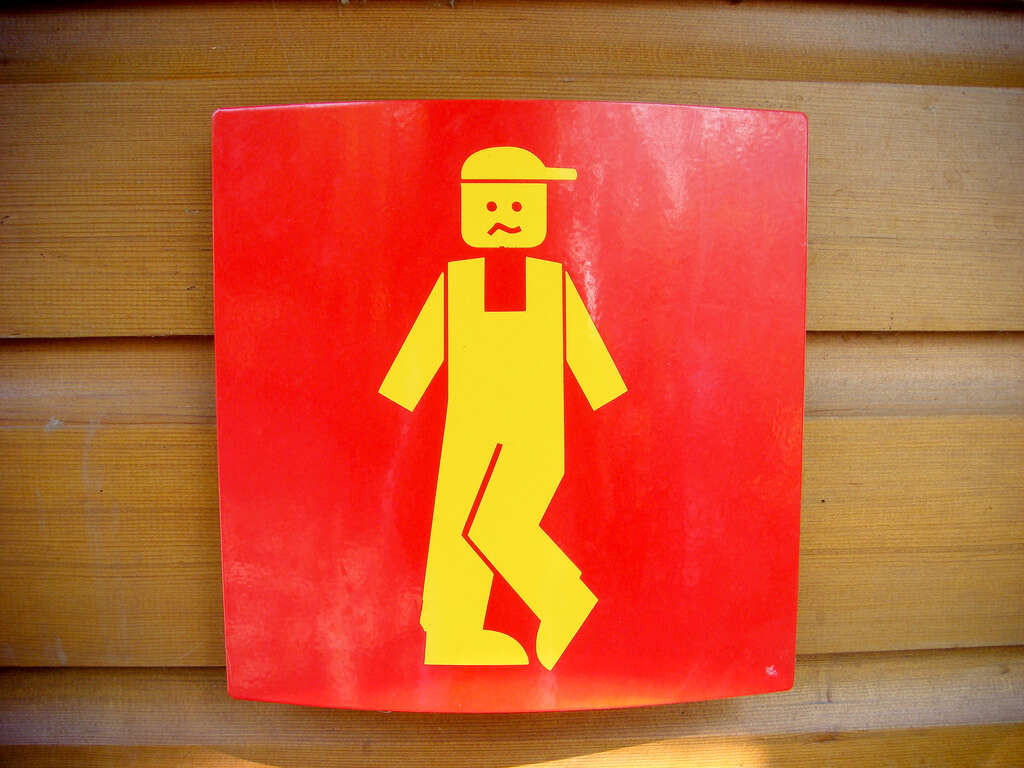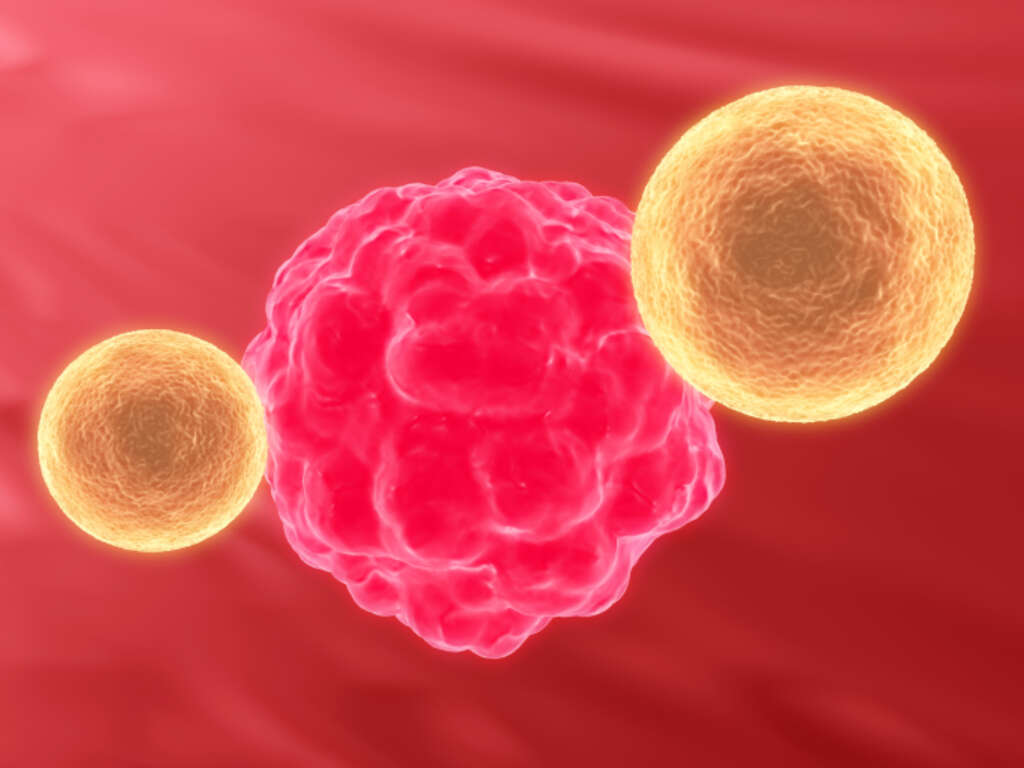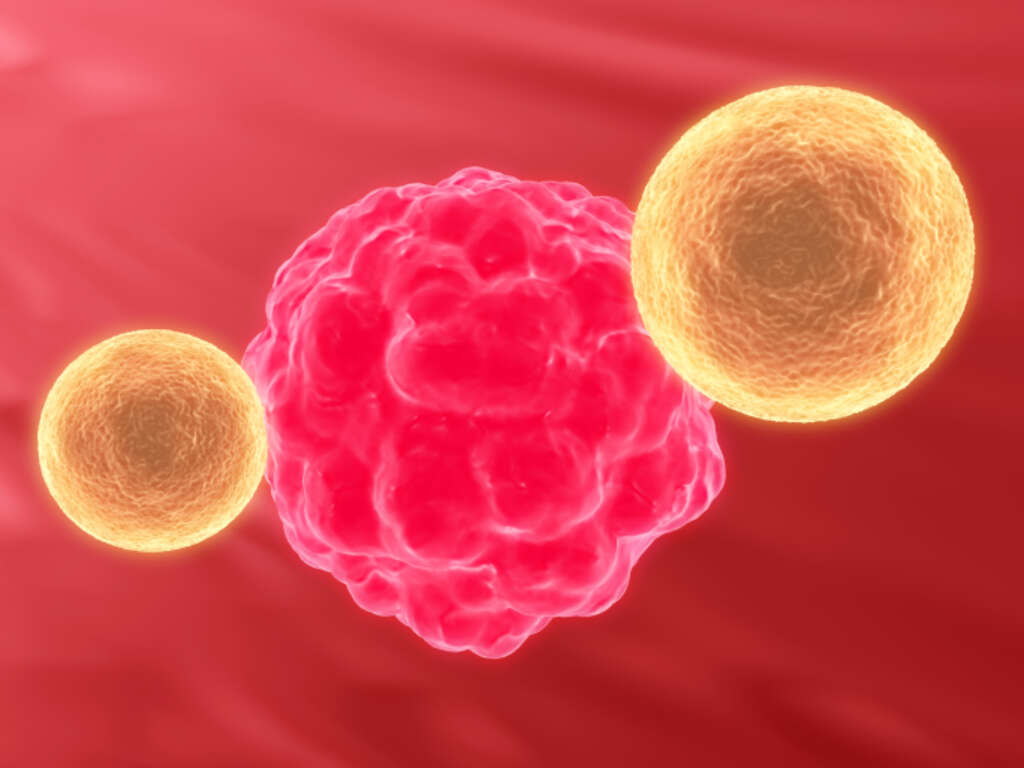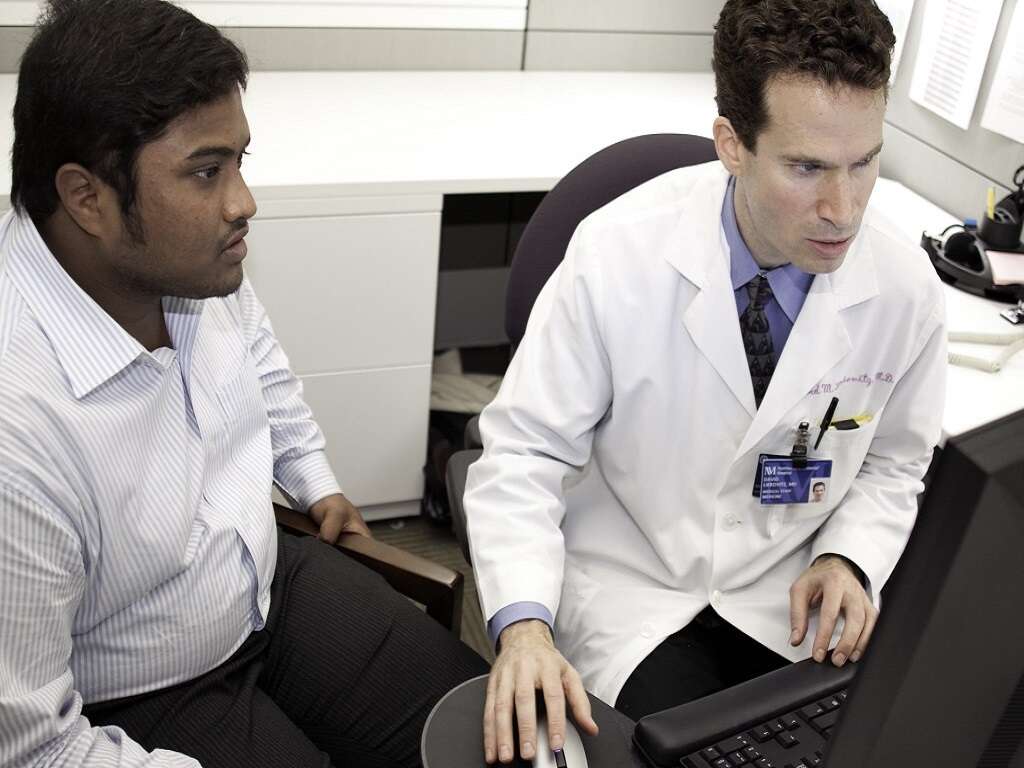10 UTI Symptoms
Urinary tract infections or UTI is a common condition where there is bacterial infection of the urinary tract. It can occur in individuals of all ages and mostly affects females as their urethra (tract from bladder to the opening) is shorter therefore allowing bacteria to have a shorter path to the bladder. As many as 40% to 60% of women would have had developed a UTI at some point in their life. In women, UTI is the main reason why it is recommended for them to wipe from the front to the back after going to the bathroom as wiping from the back to the front causes the urethra to be invaded by bacteria from the anus.
A UTI can be dangerous as the infection from the urethra can travel upwards and affect the bladder. Without treatment, it can move on to infect the kidneys. In children, recurrent UTIs may mean that there is a malformation of malfunction in the urinary tract. While bacterial infection is the commonest cause of UTI, viral and fungal infections can occur as well.

Symptom #1: Dysuria
Dysuria refers to painful and / or difficult urination. It is used to describe a burning or stinging sensation during micturition. In early stages, all you feel might only be a slight discomfort when you pee. In some cases, the lining of the urethra is damaged by the bacteria and your pee makes it painful, just like when you run water over a cut.
Dysuria can occur in women after intercourse if there is an infection. Try drinking plenty of water to help your body flush the bacteria out and prevent it from getting worse. Other causes of dysuria include prostatitis, pyelonephritis, and sexually transmitted diseases.

Symptom #2: Urgency
Urgency is used to describe the emergent urge to pee. In individuals with a UTI, when you feel the need to pee, it almost seems like an emergency! You often have to rush to the bathroom and accidents or leaks are more likely to occur. The urge becomes uncontrollable as the bladder muscle begins to contract before signalling that it is time for you to go.
Despite the urgent need to rush to the bathroom, patients often find that there is a very small amount of urine. The urge also starts although it has only been a short time since your last visit to the bathroom.

Symptom #3: Cloudy Urine
You should know what your urine color usually is. In normal cases, your urine should be a light straw color. In a UTI, the urine may appear darker, cloudy, with possible white debris as it may contain white blood cells, bacteria, and dead skin cells.
There are some urine testing kits that are available in some pharmacies, but it may be better to consult with your primary care physician instead. Checking your urine color is one of the easiest ways to see if you have a UTI.

Symptom #4: Urine Odor
When you go to the bathroom and notice that your urine has a pungent and distinctive odor that is not usually there, it might be a sign of a UTI.
However, there are some medication of foods that can be the culprit behind having a strong urine odor. When in doubt, always consult your doctor to rule out a UTI.

Symptom #5: Abdominal Discomfort
Some individuals may experience discomfort in the lower abdomen, side of the abdomen, or the back. Having a sensation of pressure in the lower abdomen may signify that there is a bladder infection while discomfort in the back may indicate that the infection has moved upwards towards the kidneys. In older patients, they may experience cramping and pain around the bladder and pelvic region.
Many often ignore this issue as they mistaken it for a normal tummy ache. The discomfort is persistent even with changes in position. Abdominal discomfort and back pain can sometimes occur together with other symptoms such as nausea, vomiting, fever, and chills.

Symptom #6: Fever and Chills
Like any other infection, the body will try to fight against the pathogen that causes the infection. It is the body’s natural response to increase the body’s set point of temperature to enhance the abilities of the immune system. Chills are described as a feeling of coldness that occurs as the body starts to contract to produce more heat to reach the higher set point of temperature. It occurs when cytokines and prostaglandins are released during a fever. In children, fever and chills might be the only symptom they experience.
If your child loses their appetite and becomes irritable, keep in mind that a UTI might be the cause. While fever and chills are non-specific symptoms, if you suspect that it may be due to a UTI, it is important that you see a doctor as you will need your doctor to prescribe medication. At this stage, it is quite unlikely that your UTI will resolve on its own without help.

Symptom #7: Tiredness
When the body starts to fight against an infection, interleukins are released. Since more energy is consumed to help fight the infection, it can cause you to have lower energy levels, feel weak and tired.
In some older patients, this may be the only symptom present when they have a UTI. Since tiredness is not a specific symptom of a UTI, the diagnosis is often missed and attributed to menopause, increased stress, more workload, or changes in their daily routine.

Symptom #8: Frequency
This means that there is increase need for you to answer the call of nature. You should be aware how often you usually pee in a day.
If you notice that you have been going to the bathroom more frequent than usual, this might mean that you have an irritable and hyperactive bladder. This is one of the characteristics of a UTI. You may also notice with the increased frequency of having to pee, the volume of urine that you pass out is often in small amounts.

Symptom #9: Pinkish Urine
In some cases of UTI, the urine may appear pinkish as there are traces of blood. This can also occur in conditions such as renal or bladder cancer.
While having blood in the urine is quite common, it is important to have it evaluated by your doctor to rule out causes such as stones and cancers. Foods that can cause your urine to turn pinkish include medication, beets, dragon fruit, and more.

Symptom #10: Confusion
In the elderly, it can be hard to diagnose a UTI as the symptoms they have are not always typical. Confusion is one of the characteristics of a UTI infection in the elderly and is also known as delirium. They may not experience the classical symptoms of UTI due to their lower immune response. Some elderly patients also have issues with their memory such as having dementia.
Others may be unable to tell you verbally due to other co-morbids they have. Confusion may be mistaken as part of their aging symptoms and is often overlooked. If you notice irritability, agitation, withdrawal, and confusion in an elderly patient, it might be due to a UTI.










